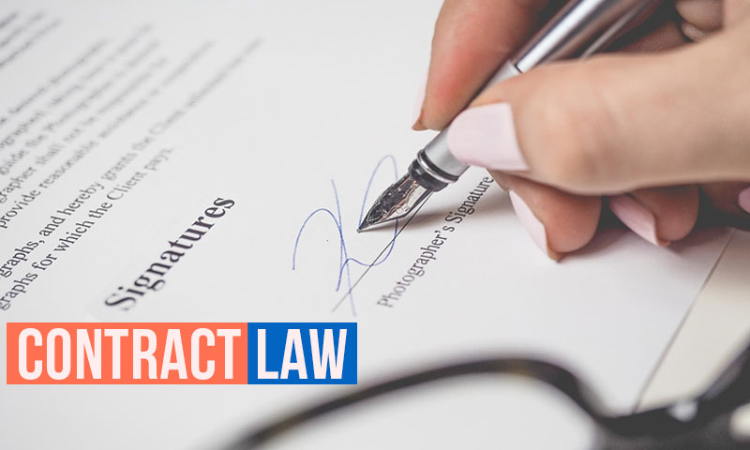When Can One Escape Effects Of A Document Despite Signing It? Supreme Court Explains Plea Of 'Non Est Factum'
Ashok KM
19 Aug 2023 10:31 AM IST

Next Story
19 Aug 2023 10:31 AM IST
In a judgment delivered on Thursday (17 August 2023), the Supreme Court explained the requirements for a successful plea of non est factum.A plea of non est factum is a latin maxim which literally means “it is not the deed". It is a defence available in Contract Law allowing a person to escape the effect of a document which she/he may have executed/signed.The court said that a plea of non...
